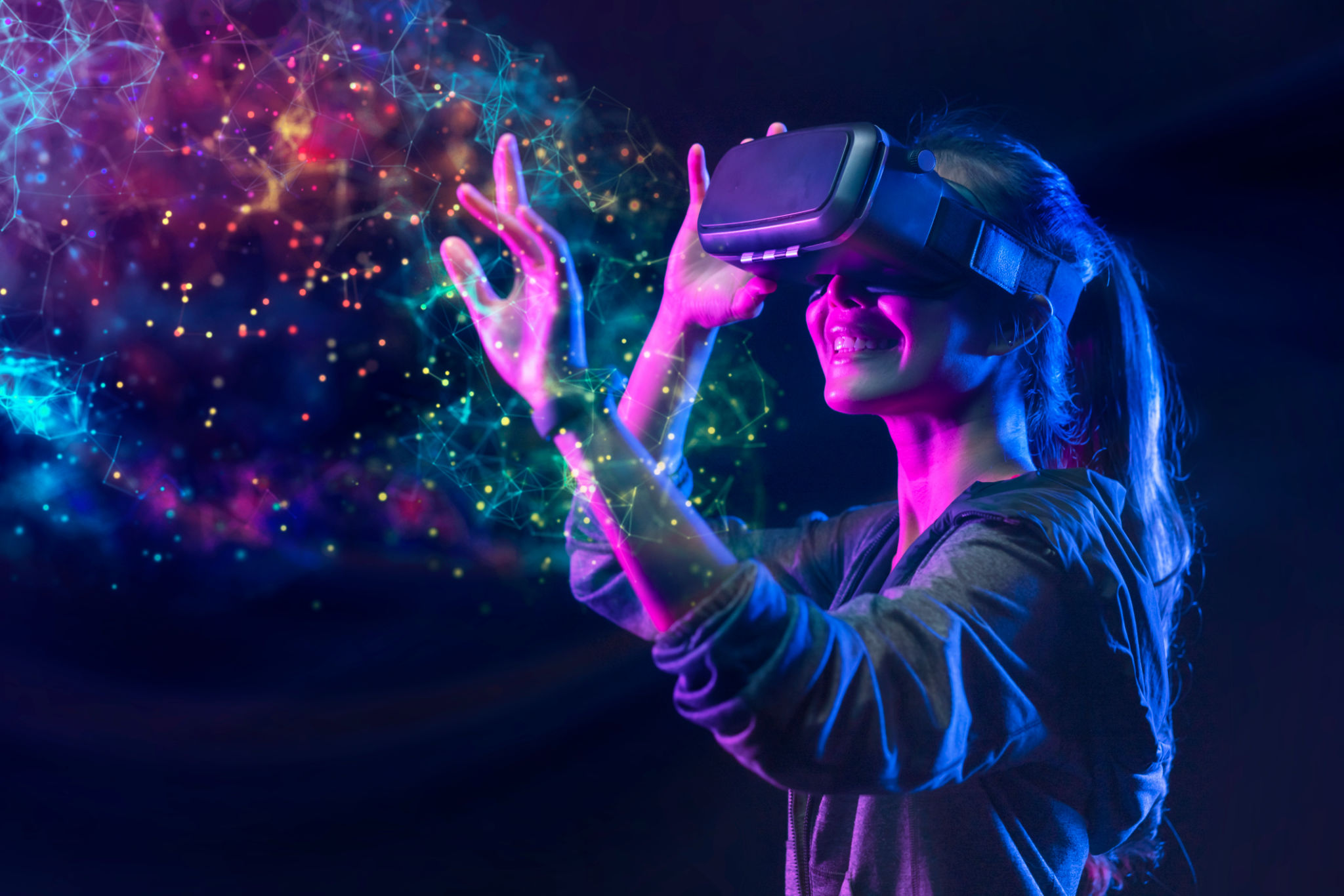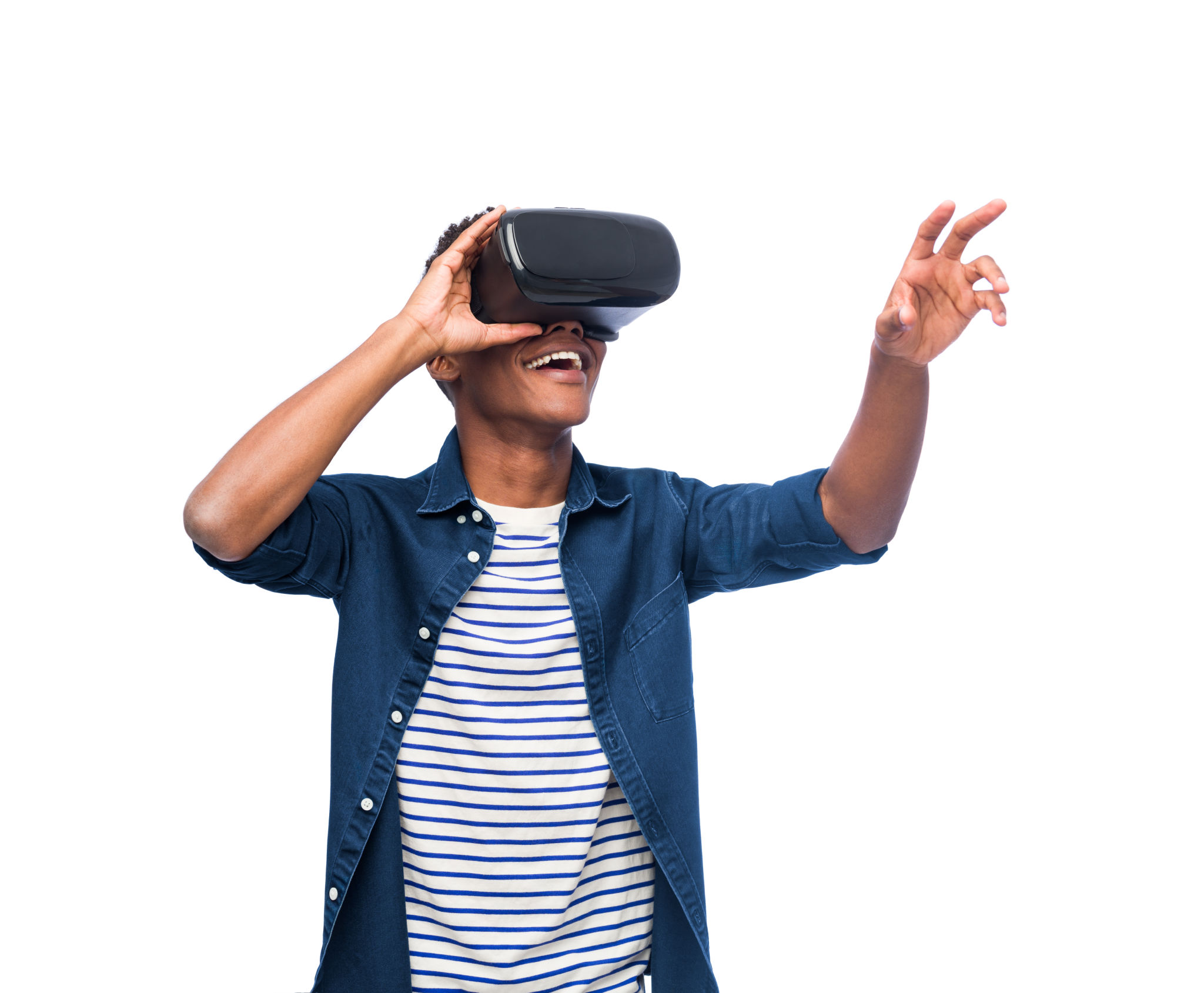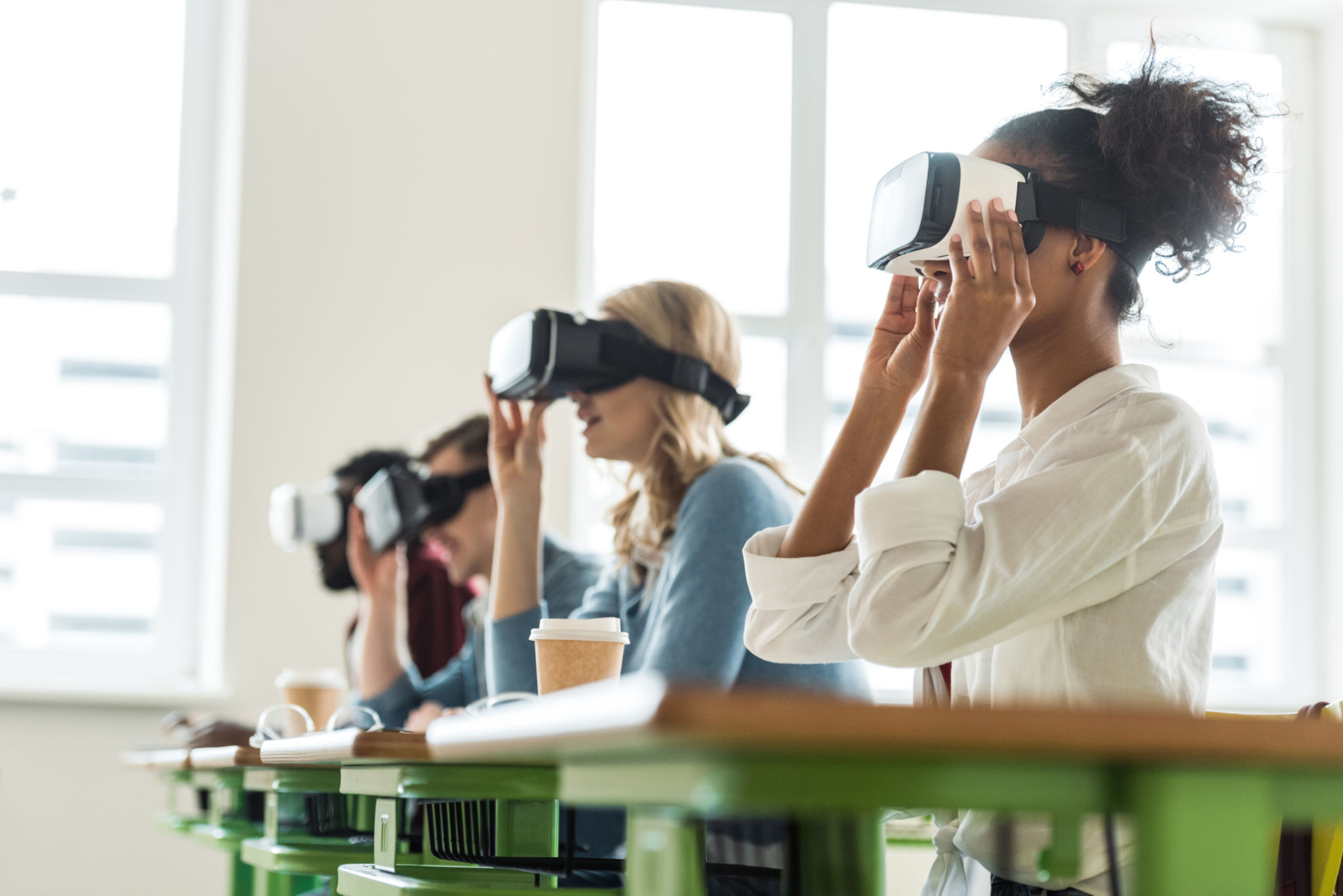The Future of Virtual Reality in Education: Trends to Watch
Introduction to Virtual Reality in Education
The integration of virtual reality (VR) into education is transforming how students learn and interact with information. By offering immersive and interactive experiences, VR is making learning more engaging and effective. As technology continues to advance, the future of VR in education holds exciting possibilities. In this blog post, we'll explore key trends shaping this future.

Immersive Learning Experiences
One of the most significant trends in VR is the creation of immersive learning environments. These experiences allow students to explore subjects in depth, whether it's walking through ancient civilizations in history class or conducting virtual lab experiments in science courses. Such environments not only enhance understanding but also boost retention rates.
As VR technology becomes more sophisticated, educators can expect even more realistic simulations that replicate real-world scenarios. This will enable students to practice skills in a safe setting, preparing them for real-life applications.
Personalized Learning Paths
VR is paving the way for personalized education by adapting to individual learning styles and paces. Through data collection and analysis, VR systems can offer tailored lessons that cater to each student's strengths and weaknesses. This personalized approach ensures that every learner can achieve their full potential.
Moreover, VR can provide instant feedback, allowing students to correct mistakes and learn from them immediately. This feature is particularly beneficial in subjects like mathematics and languages, where practice and correction are key to mastery.

Collaboration and Social Learning
Another exciting trend is the use of VR for collaborative learning. Virtual classrooms allow students from different geographical locations to work together on projects, fostering a sense of community and enhancing social skills. These collaborative environments can include group discussions, team-based problem-solving activities, and peer reviews.
Furthermore, VR platforms often incorporate gamified elements to encourage participation and engagement. By turning lessons into interactive games, students are more likely to stay motivated and invested in their education.
Overcoming Accessibility Challenges
Despite its potential, one of the challenges facing VR in education is accessibility. However, advancements in technology are making VR more affordable and accessible to a wider audience. Schools and institutions are increasingly investing in VR equipment and infrastructure, ensuring that more students can benefit from its educational advantages.
In addition to hardware improvements, content developers are creating more inclusive VR experiences that cater to diverse learning needs, including support for students with disabilities.

The Role of Artificial Intelligence
Artificial intelligence (AI) is playing a crucial role in the evolution of VR in education. AI can enhance VR experiences by providing intelligent tutoring systems that offer personalized guidance and support. These systems analyze student performance and adjust the difficulty level accordingly, ensuring an optimal learning curve.
Additionally, AI-driven analytics help educators track student progress and identify areas needing improvement, allowing for data-driven decision-making in curriculum development.
Conclusion
The future of virtual reality in education is bright, with numerous trends pointing towards a more interactive, personalized, and accessible learning environment. As VR technology continues to evolve, its application in education will undoubtedly become more widespread, reshaping how knowledge is imparted and acquired.
For educators and students alike, embracing these innovations will lead to a more enriching educational experience that not only prepares learners for the future but also ignites a passion for lifelong learning.